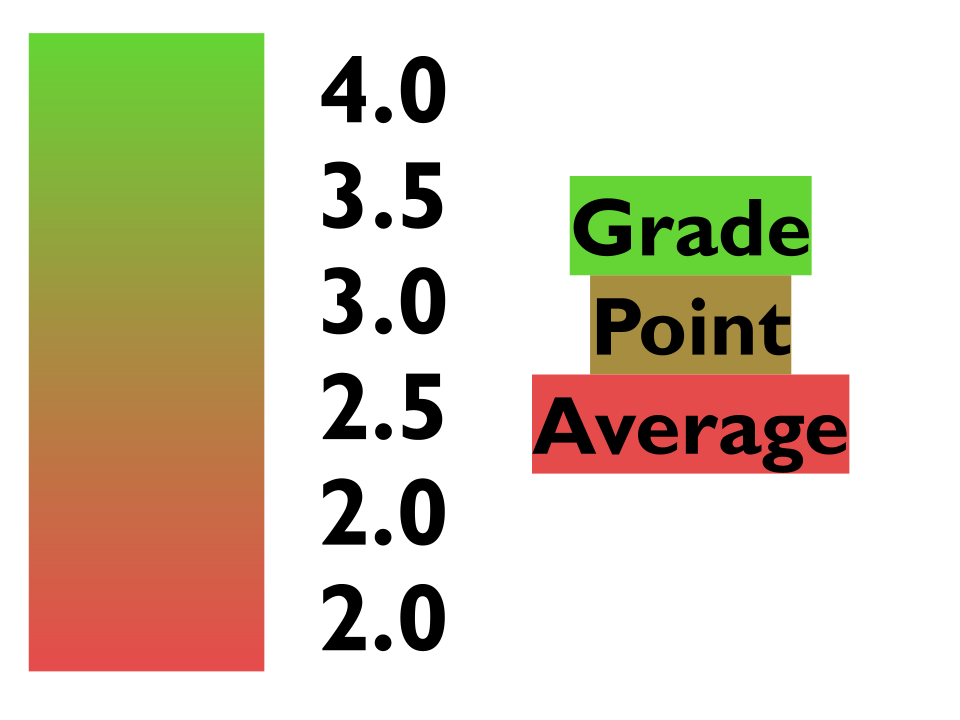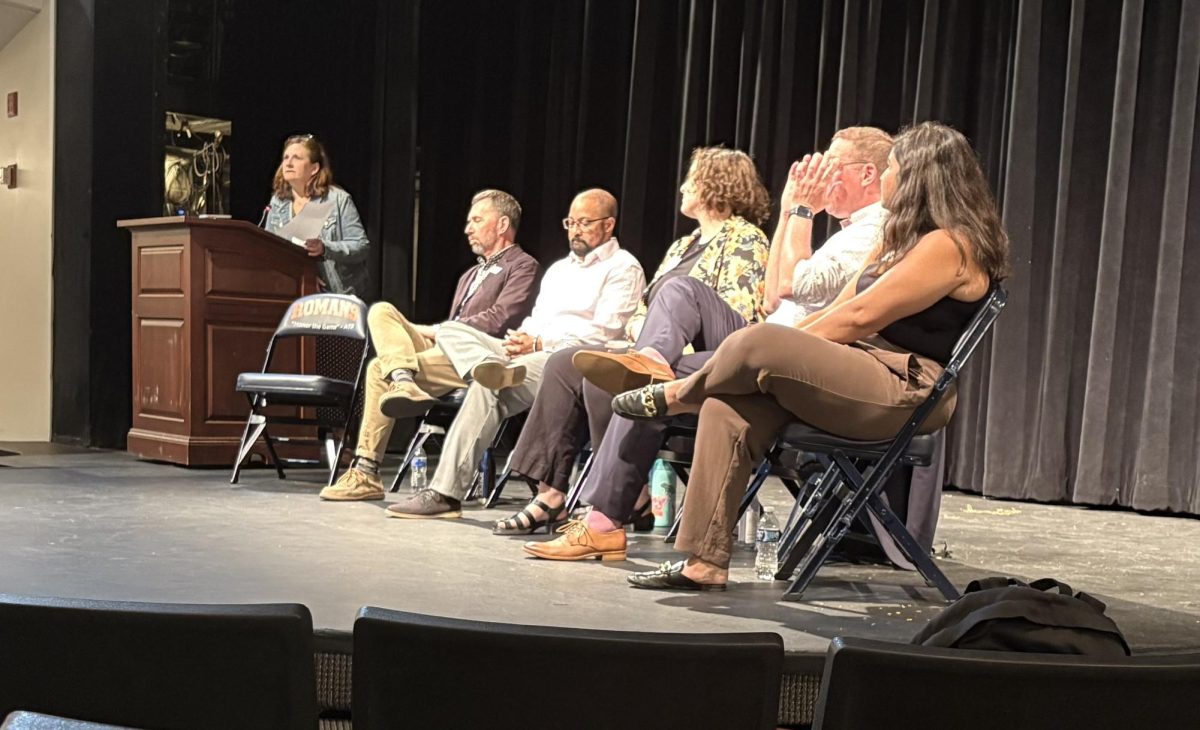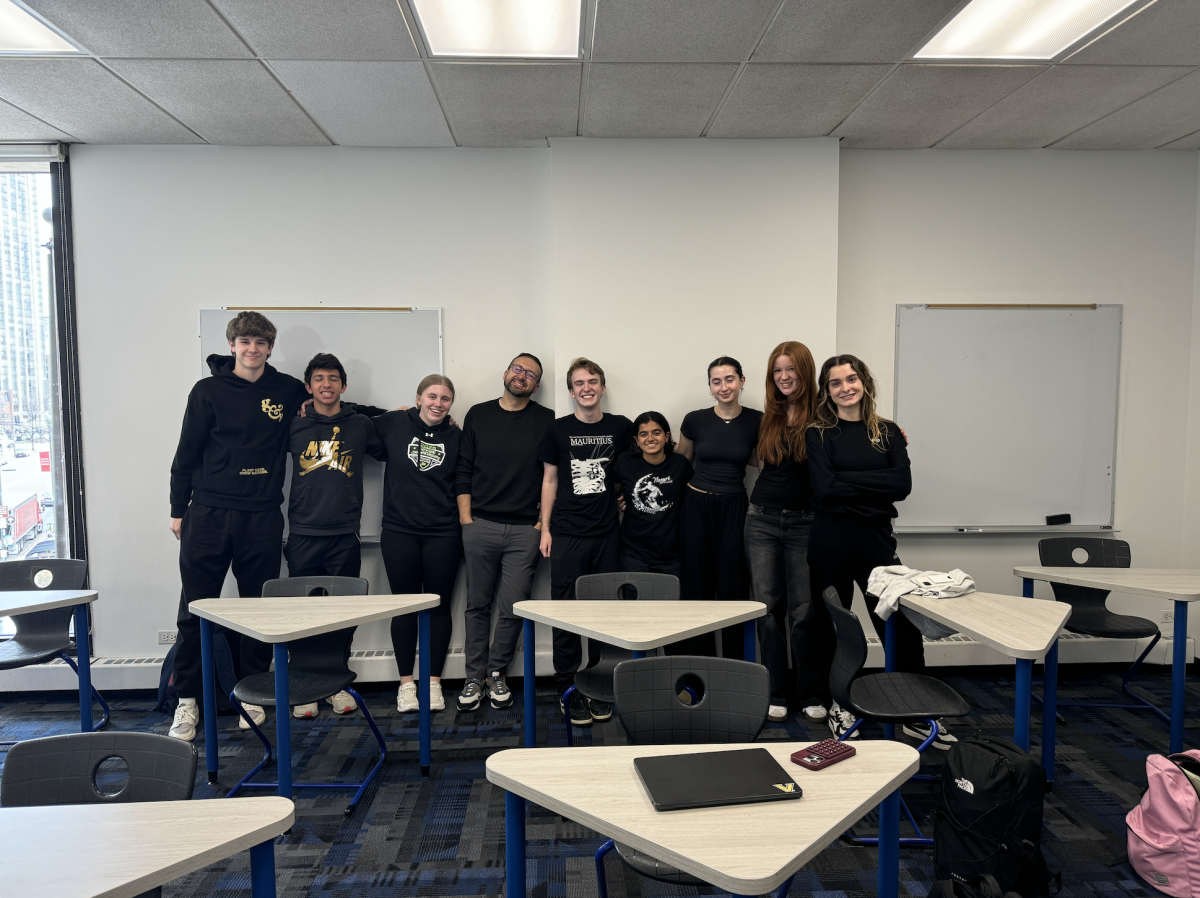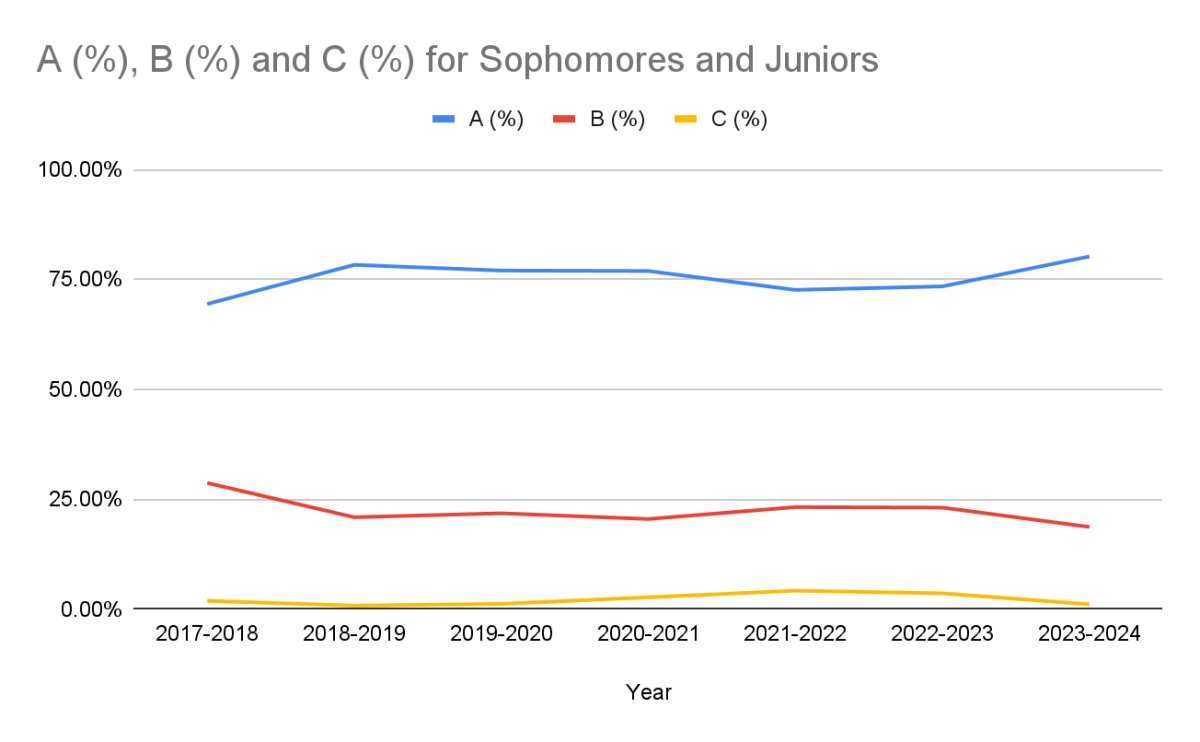Gone are the days of bubbling in answers in a lengthy paper booklet—as of March 9, the SAT has fully transitioned to a digital format. While the new test only required students to bring a laptop and a few hours of their time, it’s safe to say that students left with a mixture of both gratitude and frustration.
“It’s a lot more tailored to the tester, as opposed to the old school, brick-and-mortar test,” Upper School college counselor Justin Clarke said. “What this test has specifically done is now take [students] to a more individualized basis.”
Adaptive testing was one notable result of the switch to an online exam. As opposed to receiving the same version of the SAT as their peers, students worked their way through a completely individualized exam. Questions in the first module of the test targeted their strengths and weaknesses, while questions in the second module were more difficult, to assess how much a student could “handle.”
Though the opportunity to take a more customized test grants an advantage to those comfortable with an array of math and literacy skills, the first batch of students to take the digital SAT found it differed too much from what they had prepared for. “The math section was so much harder than any of the practice material that was provided for us—and a lot of people struggled,” junior Isabella Carney said. “Apparently this has happened before, whenever they come up with a new version of the test.”
John Brown, Upper School history teacher and SAT advisor outside of school, noted that the individualized approach marked a new set of difficulties for two reasons. The first reason was that students who excelled on the first half of the test were met with questions they didn’t know how to solve in the second half. The second reason simply relied on students’ foundational skills. “A lot of the students tend to struggle with the grammar or geometry questions because they just haven’t taken them a long time in class,” Mr. Brown said. “And so I really try to emphasize the skills that on the test itself will be considered as easy. If you miss them early, that can really affect your score.”
For those who sought to get ahead in their college admissions game, the switch is not much of a surprise. As early as 2022, the College Board made the decision to replace paper and pencils with laptop screens and Desmos. Sophomore Gillian Herman said, “When I started preparing, we already knew that it was going to switch to a digital format, and that’s one of the reasons I chose the SAT and not the ACT.”
Others would rather have taken the paper-based SAT, even if it meant taking the test for an extra hour, in order to avoid the mental strain of staring at a computer for two hours and 15 minutes. “Looking at the screen for that long gave me a little more mental cloudiness by the end,” junior Miles Daly said. “When I take the ACT, I have mental fatigue, but it’s not because I’m looking at the screen for so long.”
The new testing format also called for an updated set of study strategies, which, for some, may include taking the test many times. While practice SATs could, to some degree, predict the difficulty of questions on the actual exam, there are currently no digital modules to prepare students for the adaptive testing technology.
“Previously, you could just look and say, ‘I know I got these questions wrong; I got these questions right,’” Mr. Clarke said. “Moving forward, it’s not going to be as easy, so you might have to take the test two or three different times, just because it’s a lot more individualized.”
A high level of preparation for the digital SAT doesn’t necessarily eliminate stress, given the way the second module works. Students may have cared less that missing a negative sign in front of a number could set them up poorly for the rest of the exam but grown unnecessarily anxious after seeing the increased difficulty level in the second module. As Mr. Brown explained, understanding what to be worried about is key.
“If you get to the end of your first module and you’re finding questions that are like, ‘whoa,’ that could be a good thing,” he said. “Because that means that you’ve done well enough that you’re now receiving arcane questions on purpose.”
His other suggestions for tackling the new format include scanning questions on the reading section beforehand, eliminating answers that wouldn’t work, and using “reverse engineering” to plug some of the possible solutions for math questions into the equation.
As for a tip that anyone can gain from, regardless of their testing strategies, “Go to the bathroom beforehand,” Isabella said. “Someone told me that, and I wish I had listened.”
For now, both Mr. Clarke and Mr. Brown agree that sufficient preparation for the digital SAT, as well as an understanding of its adaptive capabilities, serve as an adequate basis for many to achieve their desired results on the test. And if students are truly stuck on a series of questions, they can lean on prior knowledge.
“Everything you need to solve a problem is either right there on the paper or you’ve seen it, even if you’re in second-semester Algebra II,” Mr. Brown said. “You have seen 90% of the processes you need to score an 800 on the math section—it’s just a matter of putting it together.”






















































